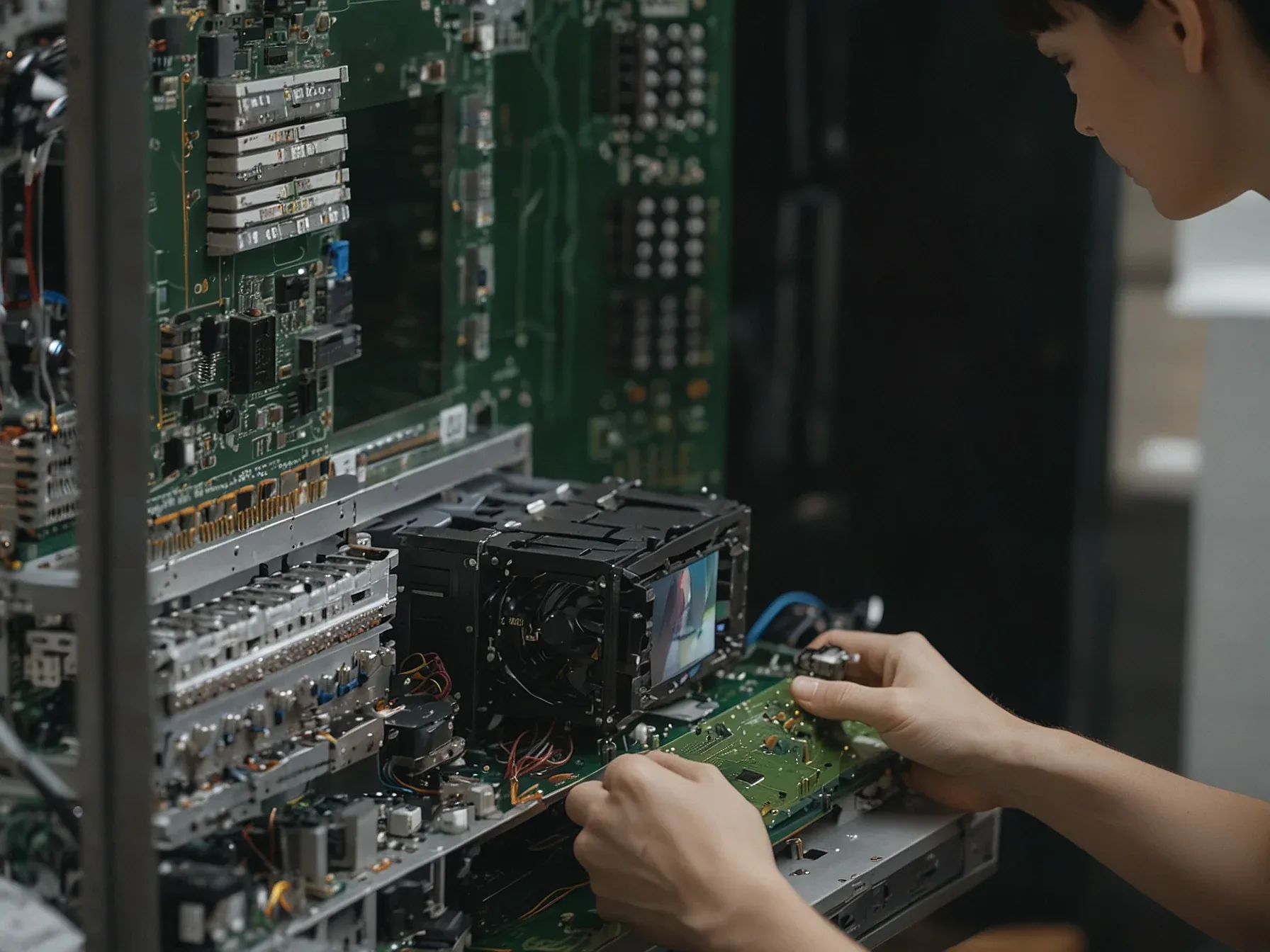
ComputeEval 2025.2 expands to 232 CUDA challenges, upping LLM test difficulty
ComputeEval 2025.2 arrives as the latest checkpoint in the ongoing effort to gauge how well large language models handle low‑level GPU programming. The benchmark, originally launched to test AI‑generated CUDA snippets, has been a reference point for researchers probing the limits of code synthesis. Over the past year, developers have pushed models to translate natural‑language prompts into functional kernels, yet many evaluations still hovered around elementary patterns.
This update widens the scope dramatically, introducing a broader suite of problems that reflect the complexities of today’s hardware. By incorporating tasks that demand awareness of Tensor Cores, nuanced shared‑memory orchestration, and warp‑level techniques, the new version forces models to move beyond textbook examples. The shift signals a clear intent: to see whether LLMs can keep pace with the evolving toolkit that GPU programmers rely on.
With this release, the dataset has grown to a total of 232 of CUDA and CUDA Compute Core Libraries (CCCL) problems. We deliberately raised the bar by adding more difficult challenges that require LLMs to use modern CUDA features, such as Tensor Cores, advanced shared memory patterns, and warp‑level.
With this release, the dataset has grown to a total of 232 of CUDA and CUDA Compute Core Libraries (CCCL) problems. We deliberately raised the bar by adding more difficult challenges that require LLMs to use modern CUDA features, such as Tensor Cores, advanced shared memory patterns, and warp-level primitives. The new problems test the ability to correctly orchestrate features like CUDA Graphs, Streams, and Events.
All within the context of real-world applications like dynamic simulations. LLM performance on CUDA programming Our team evaluated several leading LLMs on ComputeEval to establish baseline performance metrics and understand the current state of AI-assisted CUDA programming (Table 1). We observed that scores for all models declined with the move to ComputeEval 2025.2.
With the latest release, ComputeEval now contains 232 CUDA and CCCL problems. The expansion adds over a hundred new challenges, pushing the benchmark toward modern CUDA features such as Tensor Cores, sophisticated shared‑memory layouts, and warp‑level primitives. How well current AI coding assistants will cope with this higher bar is still an open question.
The authors stress that the suite is open source and intended to measure and improve model capabilities on real‑world GPU programming. Yet the jump in difficulty may expose gaps that earlier versions left hidden. Researchers can now probe whether generated code meets performance expectations or merely compiles.
In practice, the benchmark’s value will depend on how consistently models translate the new constructs into efficient kernels. The community will have to examine results across diverse architectures to judge progress. Until systematic evaluations are published, it's unclear whether the added challenges will drive measurable advances or simply highlight existing limitations.
Further Reading
- Benchmarking LLMs on AI-Generated CUDA Code with ComputeEval 2025.2 - NVIDIA Developer Blog
- Announcing ComputeEval, an Open Source Framework for Evaluating LLMs on CUDA - NVIDIA Developer Blog
- NVIDIA/compute-eval: Evaluating Large Language Models for CUDA Code Generation - GitHub
Common Questions Answered
What new features does ComputeEval 2025.2 include to increase LLM test difficulty?
ComputeEval 2025.2 adds over a hundred new CUDA and CCCL problems that require the use of modern GPU features such as Tensor Cores, advanced shared‑memory patterns, and warp‑level primitives. The benchmark also tests orchestration of CUDA Graphs, Streams, and Events within realistic application scenarios.
How many total CUDA and CCCL challenges are now in the ComputeEval benchmark?
The latest release of ComputeEval contains a total of 232 distinct CUDA and CUDA Compute Core Libraries (CCCL) problems. This expansion more than doubles the number of challenges compared to earlier versions, providing a broader assessment of model capabilities.
Why do the authors emphasize that ComputeEval 2025.2 is open source?
The authors highlight the open‑source nature of ComputeEval to encourage community contributions and transparent evaluation of AI coding assistants on real‑world GPU programming tasks. Open access allows researchers to extend the benchmark, verify results, and collectively improve model performance on low‑level CUDA synthesis.
What real‑world GPU programming aspects are specifically targeted by the new ComputeEval challenges?
The new challenges focus on practical GPU programming constructs such as Tensor Core utilization, sophisticated shared‑memory layouts, warp‑level synchronization, and the coordination of CUDA Graphs, Streams, and Events. These elements reflect the complexities developers face when optimizing performance‑critical applications on modern NVIDIA hardware.